Published by – Goutam Kumar Jena
on behalf of GNEXT MS OFFICE
Category - History & Subcategory - President of India
Summary - Presidents of India
Who can see this article:- All
Your last visit to this page was @ 2018-04-03 17:02:36
Create/ Participate in Quiz Test
See results
Show/ Hide Table of Content of This Article
See All pages in a SinglePage View
| A |
Article Rating
|
Participate in Rating,
See Result
|
Achieved( Rate%:- NAN%, Grade:- -- ) |
| B |
Quiz(
Create, Edit, Delete
) |
Participate in Quiz,
See Result
|
Created/ Edited Time:- 16-08-2017 17:27:51 |
| C |
Survey( Create, Edit, Delete) |
Participate in Survey, See Result |
Created Time:- |
| D |
|
|
|
| Page No |
Photo |
Page Name |
Count of Characters |
Date of Last Creation/Edit |
| 1 |
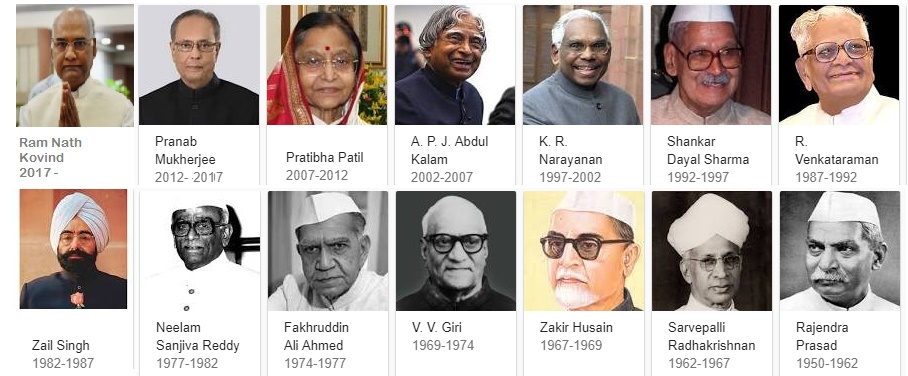 |
Presidents of India |
2566 |
2017-08-16 17:27:51 |
| 2 |
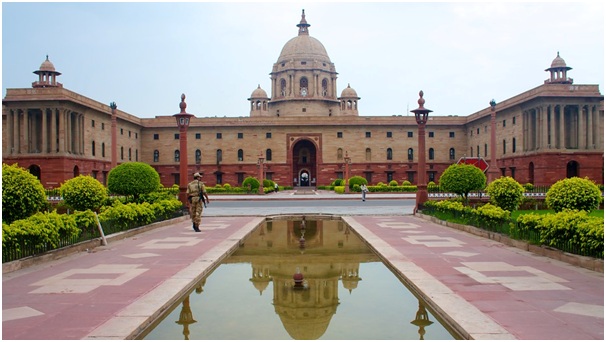 |
How President of India is elected |
746 |
2017-08-16 17:27:51 |
| 3 |
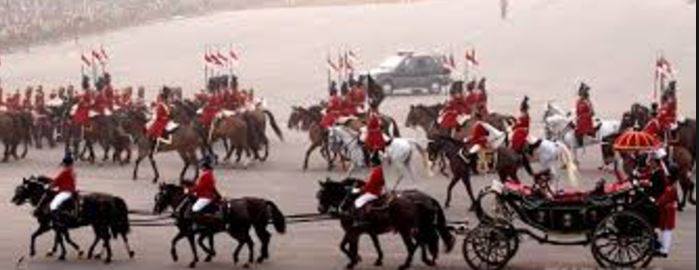 |
Eligibility to be the President of India |
1909 |
2017-08-16 17:27:51 |
Rating for Article:– Presidents of INDIA ( UID: 170720161128 )
* Give score to this article. Writer has requested to give score/ rating to this article.( Select rating from below ).
* Please give rate to all queries & submit to see final grand total result.
| SN |
Name Parameters For Grading |
Achievement (Score) |
Minimum Limit for A grade |
Calculation of Mark |
| 1 |
Count of Raters ( Auto Calculated ) |
0 |
5 |
0 |
| 2 |
Total Count of Characters in whole Articlein all pages.( Auto Calculated ) |
9878 |
2500 |
1 |
| 3 |
Count of Days from Article published date or, Last Edited date ( Auto Calculated ) |
2788 |
15 |
0 |
| 4 |
Article informative score ( Calculated from Rating score Table ) |
NAN% |
40% |
0 |
| 5 |
Total % secured for Originality of Writings for this Article ( Calculated from Rating score Table ) |
NAN% |
60% |
0 |
| 6 |
Total Score of Article heading suitability to the details description in Pages. ( Calculated from Rating score Table ) |
NAN% |
50% |
0 |
| 7 |
Grand Total Score secured on over all article ( Calculated from Rating score Table ) |
NAN% |
55% |
0 |
|
Grand Total Score & Article Grade |
|
|
---
|
| SI |
Score Rated by Viewers |
Rating given by (0) Users |
| (a) |
Topic Information:- |
NAN% |
| (b) |
Writing Skill:- |
NAN% |
| (c) |
Grammer:- |
NAN% |
| (d) |
Vocabulary Strength:- |
NAN% |
| (e) |
Choice of Photo:- |
NAN% |
| (f) |
Choice of Topic Heading:- |
NAN% |
| (g) |
Keyword or summary:- |
NAN% |
| (h) |
Material copied - Originality:- |
NAN% |
|
Your Total Rating & % |
NAN% |

Details ( Page:- Presidents of India )
See below presidents of India & their birth and death year. Also see their term of presidentship.
You can see photos of all the presidents in above photo .
1st - Rajendra Prasad (1884–1963) :-
He is longest servedpresident for 2 consecutive terms for 12 years
His term is 1950 –1962
2nd - SarvepalliRadhakrishnan (1888–1975) :-
First President from soth India. His Terms is 1962 – 1967
3rd -Zakir Husain (1897–1969):-
His terms is 1967 – 1969. He died in his office. His term isshortest as a president. He is first muslim president.
4th- Varahagiri VenkataGiri (1894–1980):-
His term is 1969 – 1974. He took charge as acting presidentfrom Zakir Husain and then quit to take part in presidential election &re-elected again as president .
Mohammad Hidayatullahtook charge as President During the election process because he was chiefjustice of India.
5th-Fakhruddin Ali Ahmed (1905–1977):-
His term was 1974 to 1977. He also died in his office beforecompletion of his duration.
Basappa Danappa Jatti , who was vice-president duringahmed’s period took charge as acting president.
6th - Neelam SanjivaReddy (1913–1996):-
His terms was 1977 to 1982. He was also lok sabha speaker in1977.
7th - Giani Zail Singh (1916–1994):-
His term was 1982 to 1987. He was also chief minister of Punjab& also union home minister before his presidency term.
8th - RamaswamyVenkataraman (1910–2009):-
His term was 1987 to 1992. He has served earlier as unionfinance & industry and also defence minister.
9th - Shankar DayalSharma (1918–1999):-
His term was 1992 to 1997. He was also chief minister of MPand union minister of communication & governer of 3 states before beingmade as president.
10th:-Kocheril RamanNarayanan (1920–2005):-
His term was 1997 to 2002. He was ambassador to 4 countriesand VC of JNU university. He is first Dalit president .
11th- A. P. J. AbdulKalam (1931–2015):-
Full name is Avul Pakir Jainulabdeen Abdul kalam. His term was 2002 to 2007. He has received Bharat ratna. He wastermed as father of indian missile technology. He is first bachelor presidentof India & first Muslim president to complete full term.
12th - Pratibha Patil (1934–):-
Her Term was 2007 to 2012. She is first Female governer (Rajasthan ) & also first female President of India.
13th - Pranab Mukherjee(1935–)
His term was 2012 to 2017. He has held various top posts inIndian cabinet Ministry such as Finance, foreign, defence and also Dy. Chairmanof planning commission.
14th - Ram Nath Kovind(1945–)
His term is from 2017 . he was governer of Bihar .
End of Page
Details ( Page:- How President of India is elected )
The President of the Republic of India is the head of state of India and the commander-in-chief of the Indian Armed Forces.
The election process of the president of India is done as per manner provided in Article 55 of the constitution of India.
The president of India is indirectly elected by Indian public. It means , presidential election is done by electoral college consisting of elected members of both the houses of parliament, elected members of legislative assemblies of 29 states and union territories of Delhi & Puducherry.
So Total number of electoral college ( as on year 2017 ) = 776 MPs + 4120 MLAs
The nomination for candidature for the president of India has to be subscribed by 50 electors as proposers & 50 electors as seconders.
End of Page
Details ( Page:- Eligibility to be the President of India )
As per Article 58 of the Constitution of India ,the principle qualifications to be the president of India are as below:-
1- a citizen of India
2- Must be 35 years of age or above
3- qualified to become a member of the Lok Sabha
4- A person shall not holds any office of profit under the Government of India or the Government of any State or under any local or other authority subject to the control of any of the said Governments.
So as per above he must be qualified to be member of Lok sabha as per Article 84 (Part V.—The Union) of the constitution.
Let's see qualification to be a member of lok sabha , which are as below.
1- He / She should be a citizen of India, and must subscribe before the Election Commission of India an oath or affirmation according to the form set out for the purpose in the Third Schedule of Indian Constitution.
2- He / She should not be less than 25 years of age.
3- He / She possesses such other qualifications as may be prescribed in that behalf by or under any law made by Parliament.
4- He / She should not be proclaimed criminal i.e. they should not be a convict, a confirmed debtor or otherwise disqualified by law; and
5- He / She should have his/her name in the electoral rolls in any part of the country.
Also see, under what circumstances a member of lok sabha will be disqualified. A member of Lok sabha will be disqualified to be a member for following reasons. This is just for your extra information.
1- If holds office of profit;
2- If , he/she is of unsound mind and stands so declared by a competent court
3- If , he/ she is an undischarged insolvent;
4- If he / she is not a citizen of India, or has voluntarily acquired the citizenship of a foreign State, or is under any acknowledgment of allegiance or adherence to a foreign State;
5- If he / she is violating party discipline (as per Tenth schedule of the constitution); disqualified under Representation of People Act.
End of Page









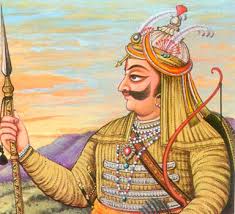

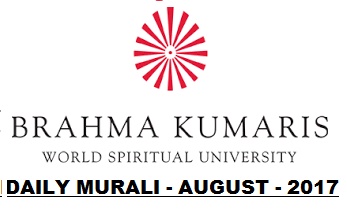

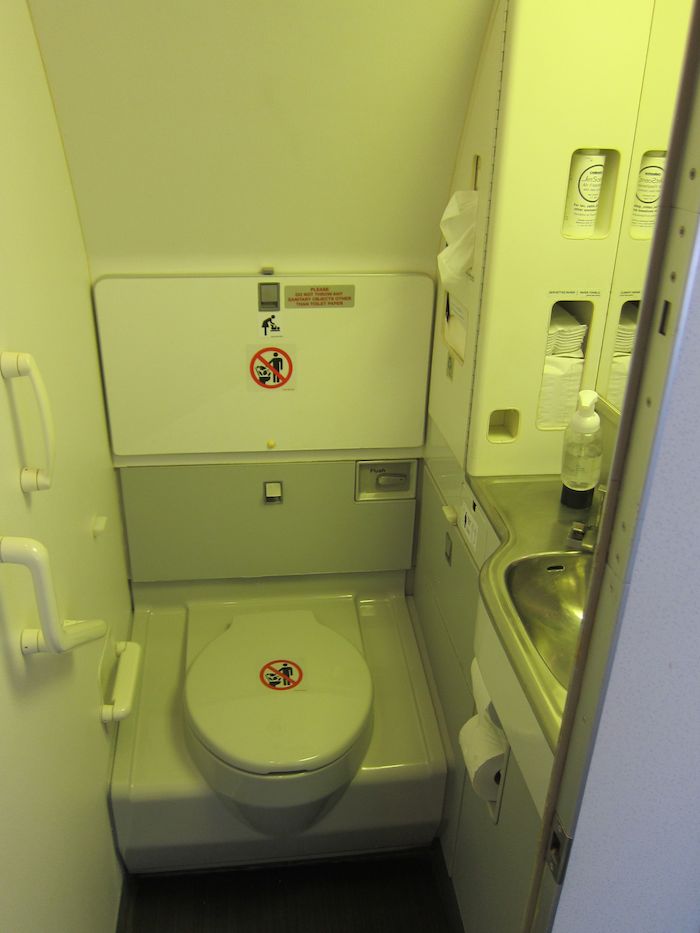
Please select any one of the below options to give a LIKE, how do you know this unit.